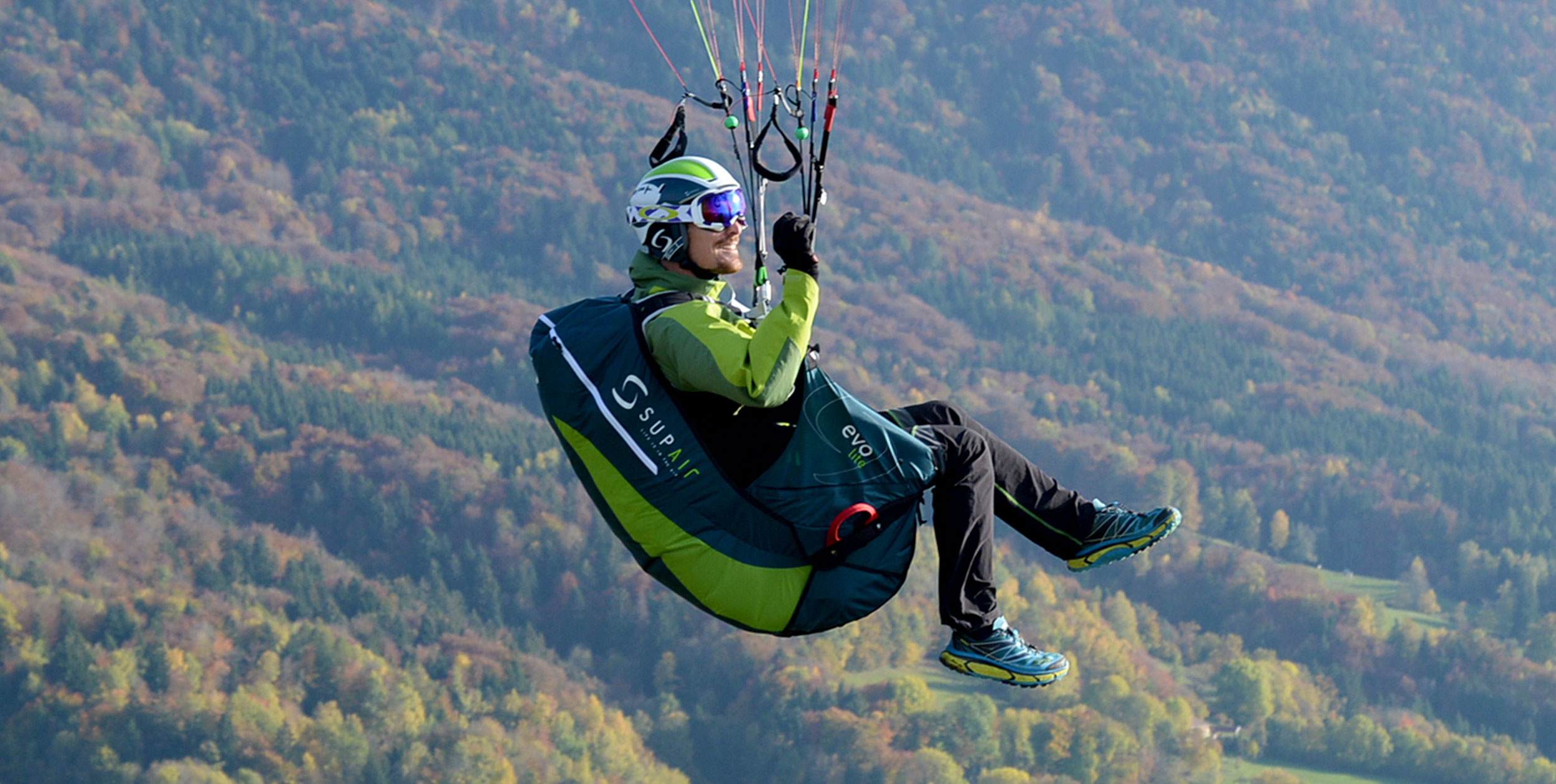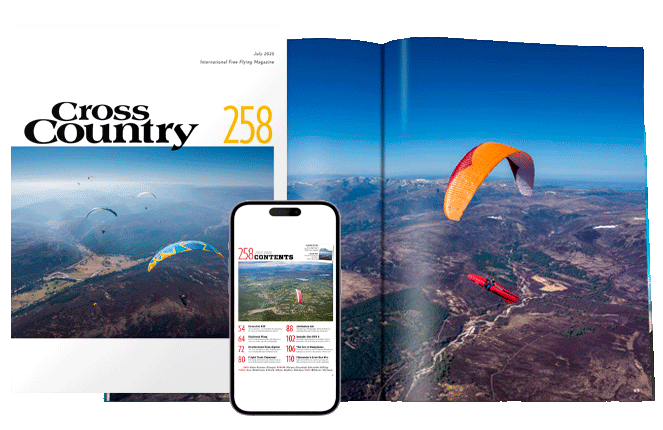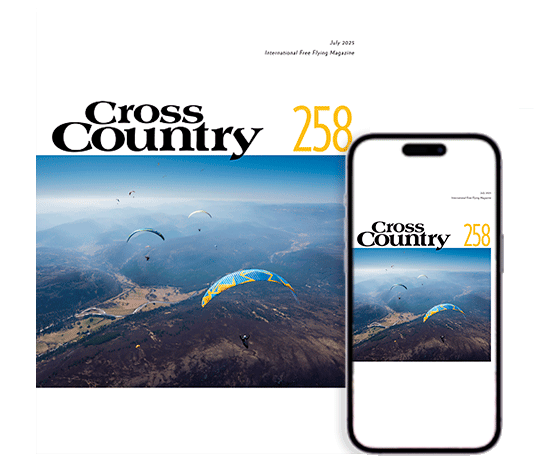The harness is your connection with your paraglider. Maybe more than many realise, it influences not only your comfort and safety in the air, but also your control over the glider and the way the glider feels in the air.
When selecting a harness you need to define what you will use it for. Are you a weekend pilot who stays local, or an XC-hound chasing distance? Do you always get a lift to launch or do you hike?
According to Yoann Chavanne, harness designer at Supair, it also makes a difference whether you are a new or experienced pilot. “A beginner harness needs to be easy in all respects. Easy to put on with lots of hints how to do up the buckles, easy to walk with, to take-off, to sit in after take-off and to get out after landing. It needs a lot of protection, good support and...


